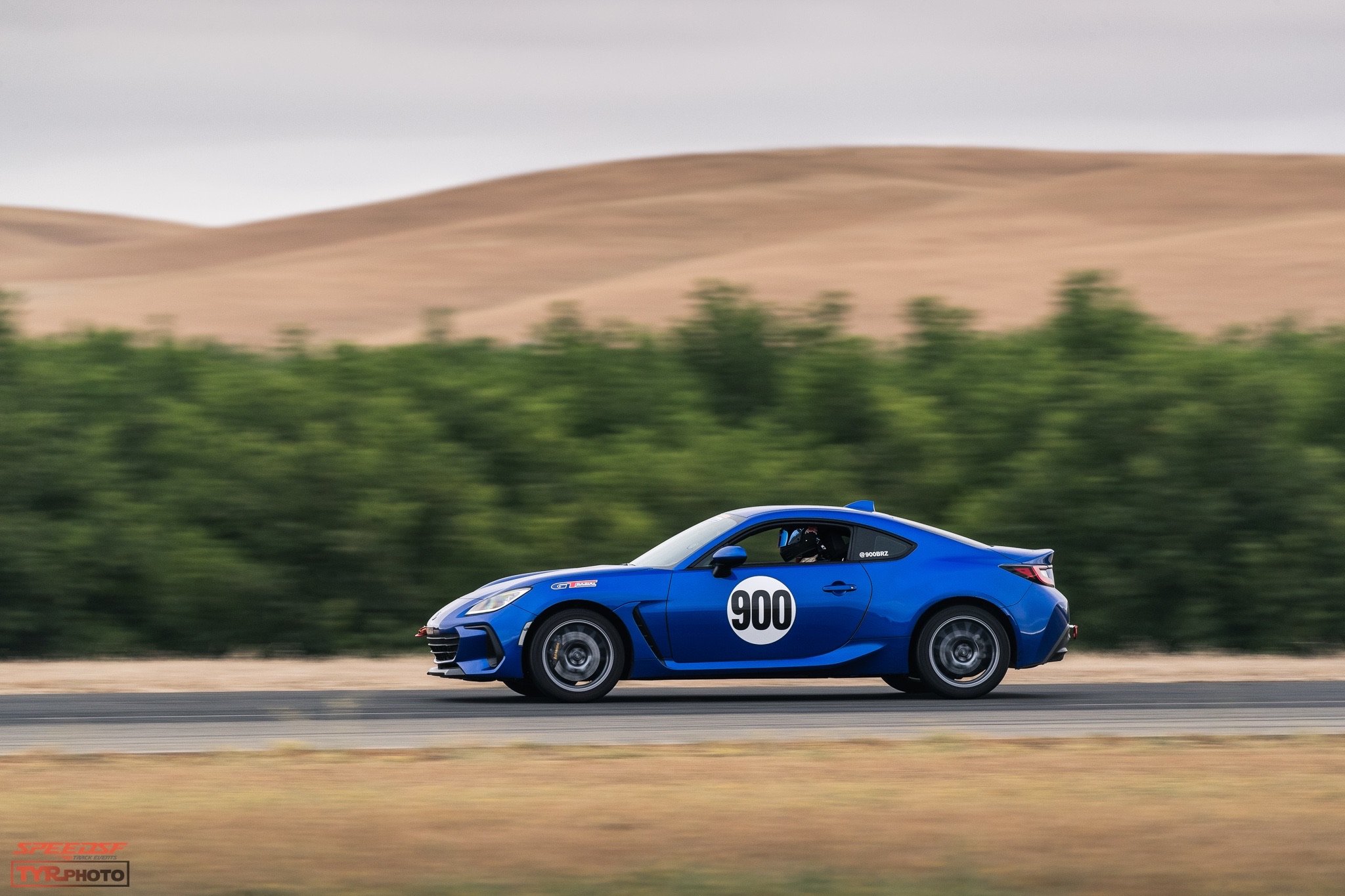
SpeedSF Blog
Every Build Has a Story – Meet the Cars of SpeedSF

Miles’ BRZ: Holistic Approach
Fueled by a desire to rise above middling, Miles Kodama bought his BRZ, enrolled in the 86 Challenge, and did everything in his power — including a serious diet and exercise regimen — to become series champion.

Brian's BRZ: Painful Lessons in Lubrication
Few BRZ owners have been as methodical when it comes to monitoring their engine's oil pressure as Brian Armstrong, who hopes to develop new components to make this popular new platform more dependable.

Fenton's Integra Type S: A Change of Heart
While he was on the fence for a while with Acura’s bigger, boatier Integra, the Type S had enough of the right stuff to convince him to try this front-wheel drive super sedan.

Fenton's BRZ: The Dependable Workhorse
Rather than go for the all-out track car, Fenton decided a more versatile vehicle would better suit his current needs. After making only a few modifications, he’s been able to enjoy a nice balance of reliability, daily comfort, excitement, and on-track competence.

Rich Bonem's BRZ-Camaro Dilemma: Speed Costs Money
After a challenging, fruitful foray into time trials with his BRZ, Rich started to crave a little more. He decided to buy himself a Camaro SS, and though fast and thrilling, he found it had one major flaw.

Kevin Schweigert's GR86: Back to Basics
After several unfulfilling years spent chasing big power, Kevin’s realized that the quality he most appreciates in a sports car is its incisiveness and communication. After a return to a simple, agile GR86, he found that thrill that got him obsessed with trackday driving in the first place.
